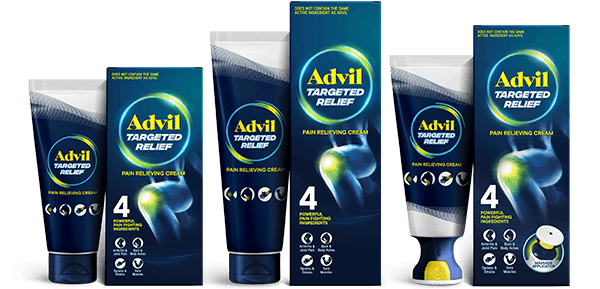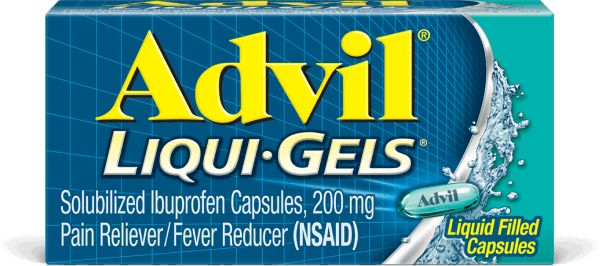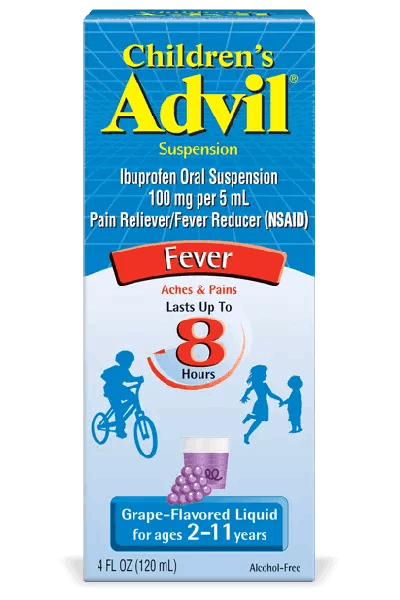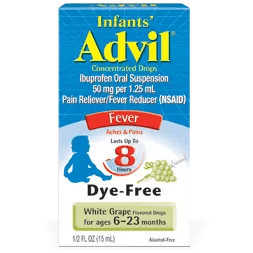4 Foods That Help Headaches

Paying attention to what you put in your body is always important, but even more so when you’re feeling under the weather. When you have a headache, there are particular foods that can help you get back on your feet, and there are foods that will make matters worse. Knowing what to eat for headaches is one way you can help avoid these painful setbacks in your day. Read on to learn more about four foods that help headaches and a few that don’t.
1. Eggs
Whether you prefer them hard boiled, over easy, or cooked up in an omelet, eggs are one food that may help your headache go away. Eggs are naturally rich in riboflavin,i or vitamin B2, which is a B vitamin essential for cell growth and function.ii Some medical experts recommend trying riboflavin supplements as a way to prevent migraine headaches, as some studies have shown this to be effective.iii Eating eggs with breakfast is a great way to supplement your diet with riboflavin the natural way. Pair them up with some of your favorite vegetables like red peppers and zucchini in a colorful breakfast scramble, or work them into your meal prep routine by boiling a batch at the beginning of the week. Eggs make a tasty addition to many dishes outside of the breakfast and brunch table, too—try adding a poached egg on top of a brown rice grain bowl or putting your cast iron skillet to use for a savory shakshuka.
2. Watermelon
Dehydration can be a trigger for headaches,iv so if you find yourself struggling to drink enough fluids during the day, why not try eating some? Known for its high water content and sweet flavor, it’s hard to resist a slice of watermelon, especially on a hot summer day. Add cubed watermelon to a fruit salad, blend it with ice for a frozen treat you can eat with a spoon, or simply enjoy it on its own. You can also mix watermelon into a savory salad for a unique and refreshing dish. Try it with mint, feta, and nuts, or whip up a summery seafood salad with watermelon, avocado, shrimp, and cilantro.
3. Navy beans
This small, white legume is not actually navy in color, but don’t let that put you off. Navy beans—alongside kidney beans, pinto beans, chickpeas, and lentils—are part of the legume family. Legumes like navy beans are a great source of magnesium,v one of the nutrients that helps the body regulate muscle function, blood sugar levels, blood pressure, and nerve function, among other things.vi Some studies have shown low magnesium levels in the blood and other tissues of people who suffer from migraines, and show that magnesium supplements can help reduce the frequency of getting migraine headaches.vii Give your diet a natural boost of magnesium with a warming navy bean soup, which not only incorporates this hard-working bean into your diet but is also hydrating and soothing if you’re not feeling your best. Navy beans are also delicious when added to a breakfast skillet with tomatoes and eggs, marinated in oil and vinegar and served on a salad, or blended into a white bean hummus that you can enjoy spread on crackers or with your favorite chopped vegetables.
4. Almonds
Another great source of magnesium? Nuts and seeds,viii like almonds. Easier to throw in your bag as a snack than navy bean soup, almonds win out on the convenience front. And not only are almonds a great source of magnesium, they are also rich in vitamin E, fiber, biotin, and calcium,ix and may help reduce the risk of heart disease.x If you get bored of plain almonds, you can try adding sliced or chopped almonds to your salad, using almond flour as a gluten-free alternative in your favorite baked goods, or mixing them into a granola recipe. If you have a food processer at home, you can also easily make your own almond butter, which is delicious enjoyed on toast or with apple slices.
Foods to Avoid
Unfortunately, there’s no easy answer when it comes to foods to avoid to prevent headaches, as food triggers, particularly with migraine headaches, can vary with each individual.xi While it can be difficult to point to specific foods as definite migraine triggers, there are certain foods that many people have found to contribute to triggering their migraine headaches. Some of the foods that make this list include chocolate, cultured dairy products like yogurt, aged cheeses and meats due to a concentration of tyramine, sulfites found in some wines, broad beans like fava beans, nitrates and nitrites found in some processed meats, and aspartame.xii However, there’s not an absolute link between these foods and headaches; talk to your healthcare provider about your experience with headaches including migraines to figure out if specific foods in your diet might be the culprit.
We hope incorporating some of these foods that help headaches into your own diet will help provide relief from the headache symptoms you may be experiencing. For more helpful advice for dealing with headaches, explore more Tips & Resources from Advil.
SOURCES
By clicking any of the links below you will be taken to an external website that is independently operated and not managed by GSK. GSK assumes no responsibility for the content on the website. If you do not wish to leave this website, do not click on the links below.
i. Riboflavin. National Institutes of Health. https://ods.od.nih.gov/factsheets/Riboflavin-Consumer/. Accessed 07/21/20. Referenced text highlighted in source document.
ii. Riboflavin. MedlinePlus. https://medlineplus.gov/druginfo/natural/957.html. Accessed 07/21/20. Referenced text highlighted in source document.
iii. Riboflavin. National Institutes of Health. https://ods.od.nih.gov/factsheets/Riboflavin-Consumer/. Accessed 07/21/20. Referenced text highlighted in source document.
iv. Quick-start guide to headaches. Harvard Health Publishing. https://www.health.harvard.edu/diseases-and-conditions/quick-start-guide-to-headaches. Accessed 07/21/20. Referenced text highlighted in source document.
v. Magnesium. National Institutes of Health. https://ods.od.nih.gov/factsheets/Magnesium-Consumer/. Accessed 07/21/20. Referenced text highlighted in source document.
vi. Ibid.
vii. Ibid.
viii. Ibid.
ix. Almonds. Harvard T. H. Chan School of Public Health. https://www.hsph.harvard.edu/nutritionsource/food-features/almonds/. Accessed 07/21/20. Referenced text highlighted in source document.
x. Ibid.
xi. Food and migraine: a personal connection. Harvard Health Publishing. https://www.health.harvard.edu/blog/food-and-migraine-a-personal-connection-201104052222. Accessed 07/21/20. Referenced text highlighted in source document.
xii. Ibid.
By clicking the link(s) above, you will be taken to an external website that is independently operated and not managed by Haleon. Haleon assumes no responsibility for the content on the website. If you do not wish to leave this website, do not click on the links above.







